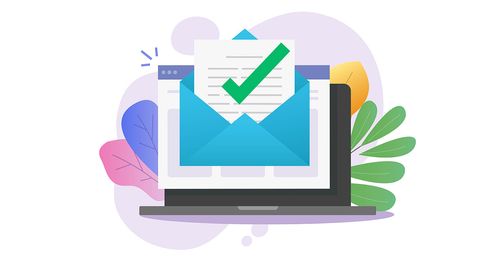Email addresses are the lifeblood of digital communication. However, ensuring their validity and reliability is paramount. One aspect often overlooked is validating the top-level domain (TLD) of an email address. In this comprehensive guide, we will delve into the intricacies of TLD email validation, providing you with the expertise to ensure the accuracy and security of your email communications.
Understanding Email Addresses and Top-Level Domains
Let's begin by understanding the basics:
Anatomy of an Email Address: Get acquainted with the components of an email address, including the local part, "@" symbol, and the TLD.
The Significance of TLDs: Learn why TLDs play a vital role in determining the legitimacy of an email address.
TLDs and Domain Names: Explore how TLDs relate to domain names and how they are distributed.
Validating Top-Level Domains in Email Addresses
Now that you understand the importance of TLDs, let's dive into the methods and best practices for validating them:
Regex Validation: Discover how regular expressions (regex) can be employed to validate TLDs in email addresses.
TLD List Validation: Explore the concept of validating TLDs using a pre-defined list of valid TLDs.
ICANN's Role in TLDs: Understand the role of the Internet Corporation for Assigned Names and Numbers (ICANN) in managing TLDs.
Building a TLD Email Validation Tool
Get hands-on with building a TLD email validation tool. We'll cover:
Python TLD Validation Script: A step-by-step guide to creating a Python script for TLD email validation.
JavaScript TLD Validation Function: Learn to implement a JavaScript function for TLD email validation.
Using Third-Party APIs: Explore how third-party APIs can enhance your TLD email validation tool.
TLD-Specific Considerations
Different TLDs have unique characteristics and validation requirements. We'll discuss:
Common Generic TLDs: How to validate email addresses with generic TLDs like .com, .org, and .net.
Country Code TLDs: Considerations for validating email addresses with country code TLDs, such as .uk, .ca, and .au.
New gTLDs: Explore the challenges and validation strategies for the new generic top-level domains (gTLDs).
Implementing TLD Validation in Real-World Scenarios
We'll look at how TLD validation is applied in practical scenarios:
User Registration Forms: How to implement TLD validation in user registration forms to ensure valid email addresses.
E-commerce and Email Marketing: Use cases for TLD validation in e-commerce transactions and email marketing campaigns.
Security and Anti-Phishing Measures: Understand how TLD validation contributes to enhanced security and prevents phishing attacks.
Frequently Asked Questions
Here are answers to some common questions about TLD email validation:
1. What is a TLD, and why is it essential to validate it in email addresses?
Learn the fundamentals of TLDs and why validating them is crucial for email communication.
2. Can a TLD change or expire? How does it affect email validation?
Explore scenarios where TLDs may change or expire and the implications for email validation.
3. Are there TLDs that should be considered high-risk for spam and fraud?
Identify TLDs that are commonly associated with spam and fraudulent activities and how to handle them.
4. How do internationalized domain names (IDNs) impact TLD validation?
Understand the role of internationalized domain names (IDNs) in TLD validation and their unique considerations.
Conclusion
By the time you reach the end of this guide, you'll be well-versed in the world of TLD email validation. You'll have the expertise to create validation tools, implement best practices, and ensure the security and accuracy of email communications. Elevate your email validation strategies by mastering TLD validation techniques and bolstering the reliability of your digital interactions.



